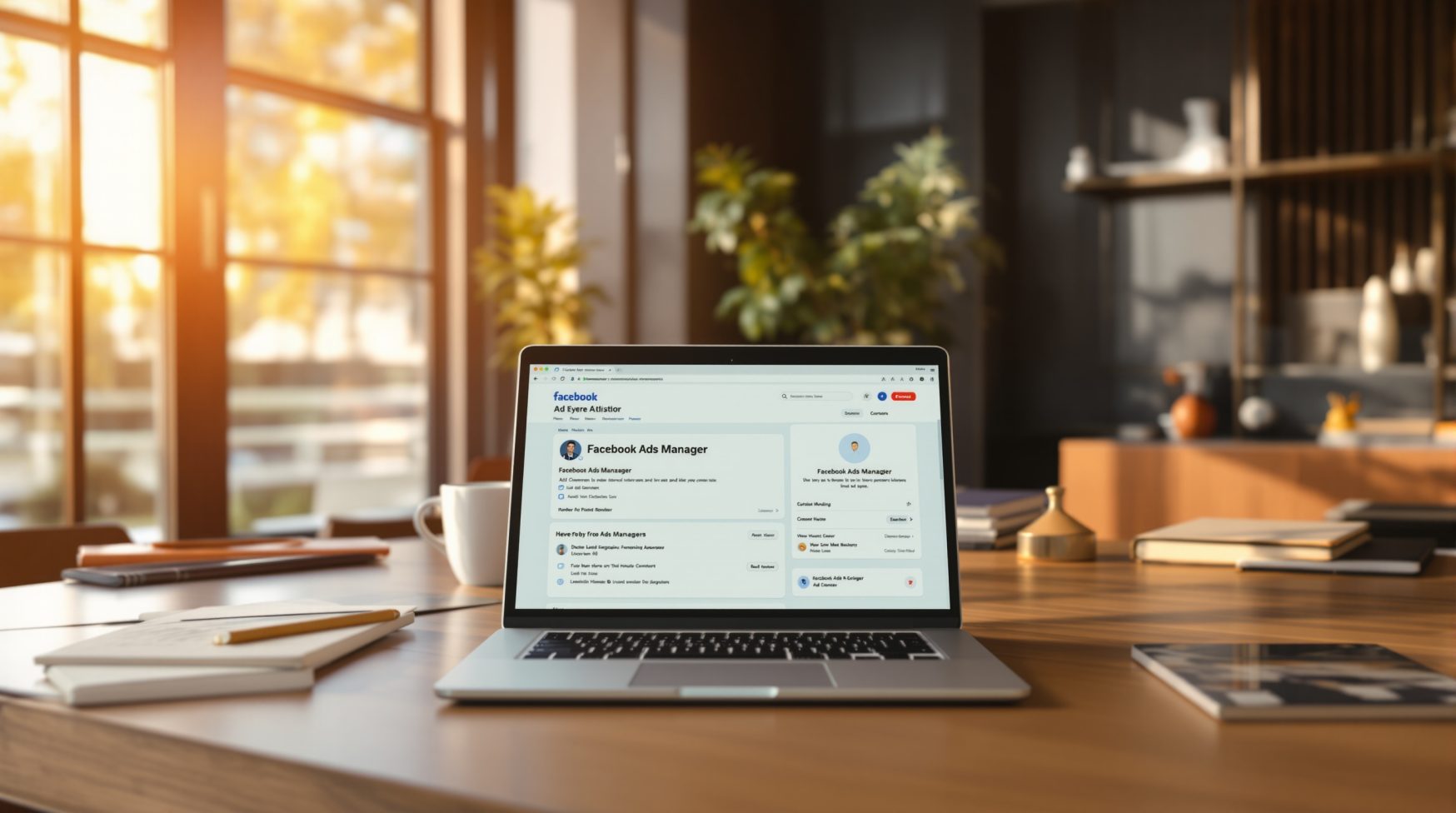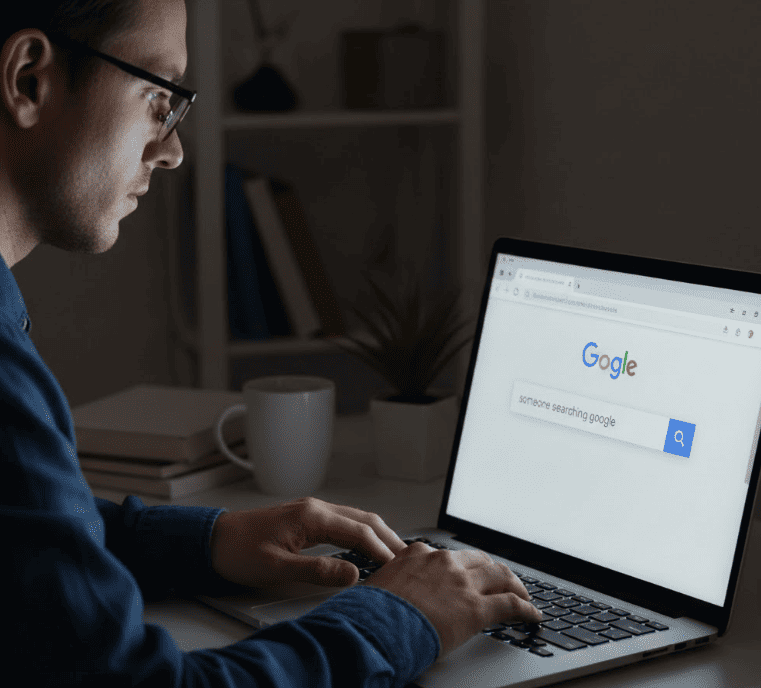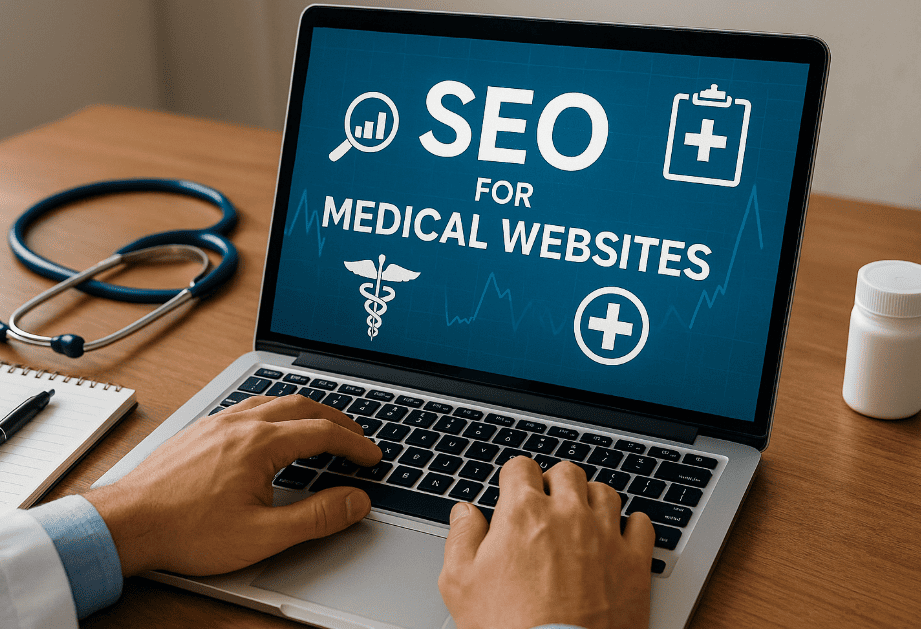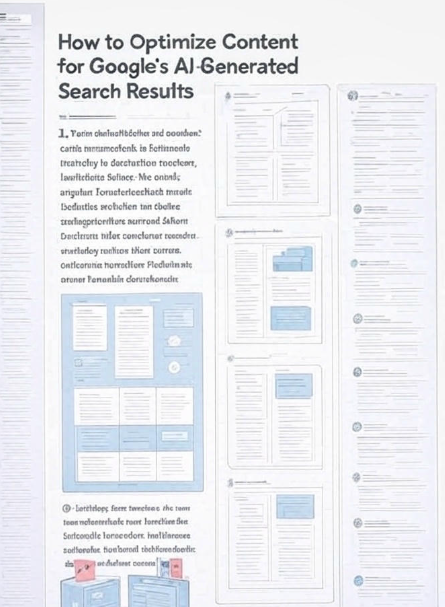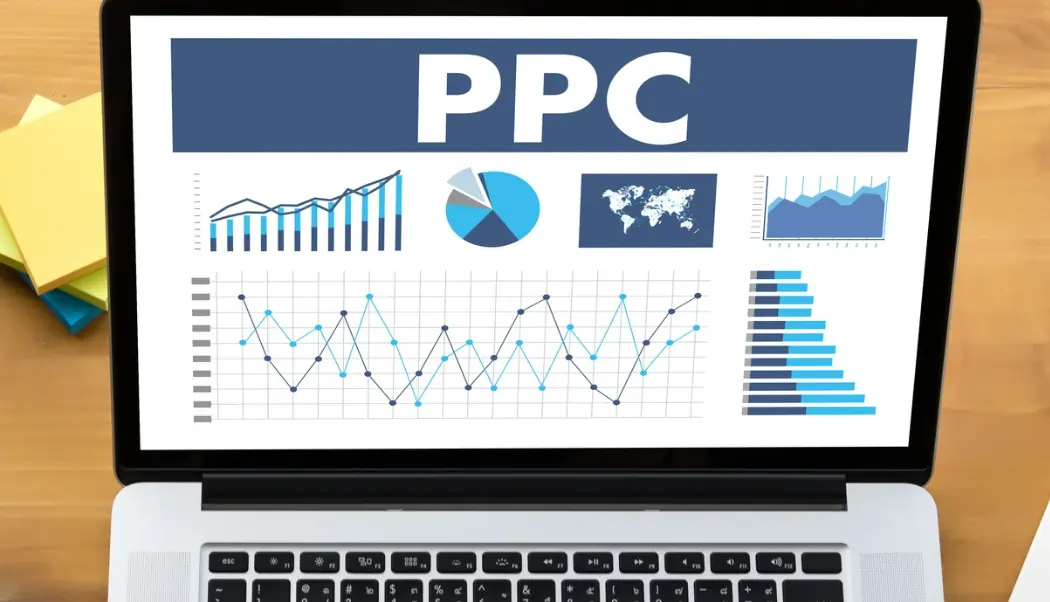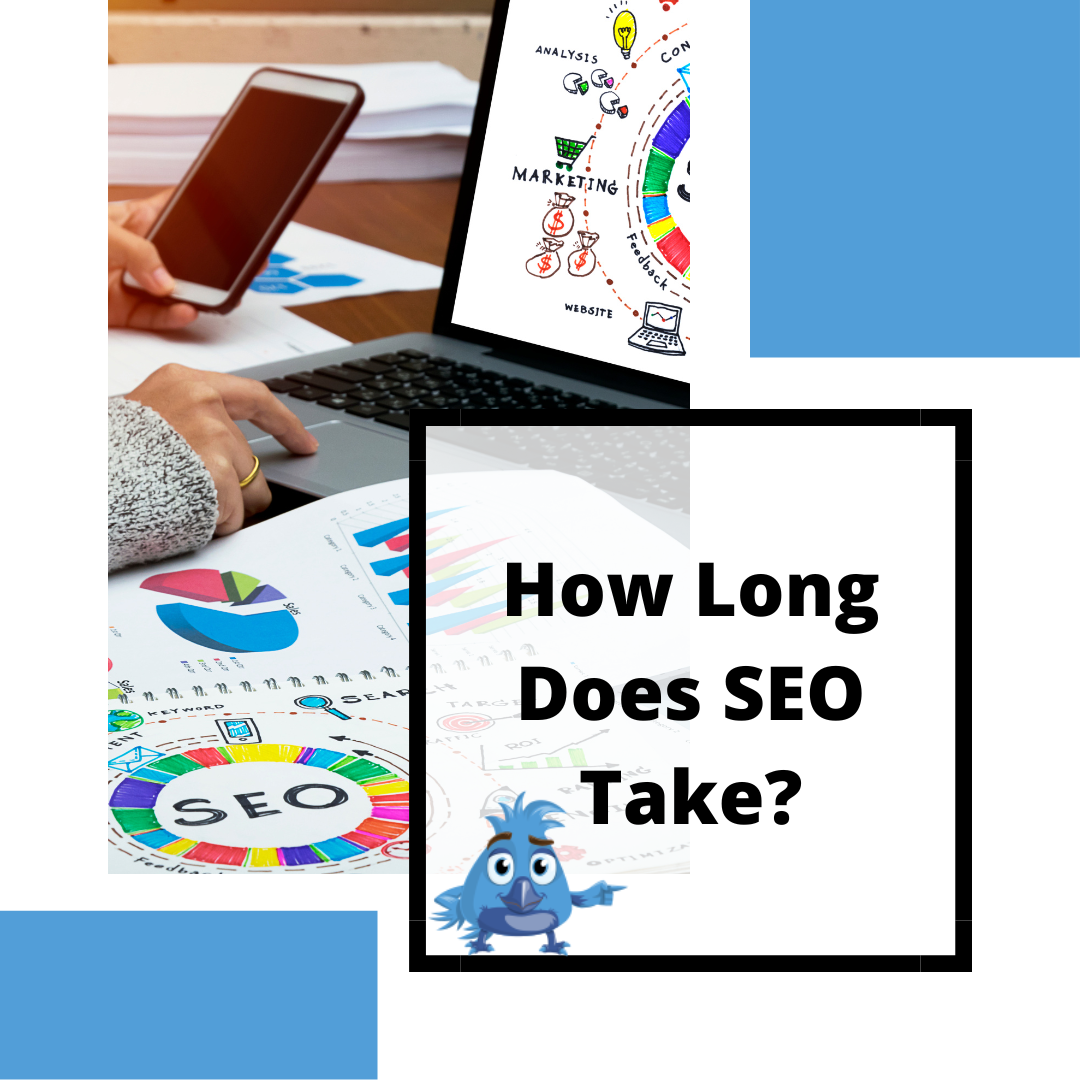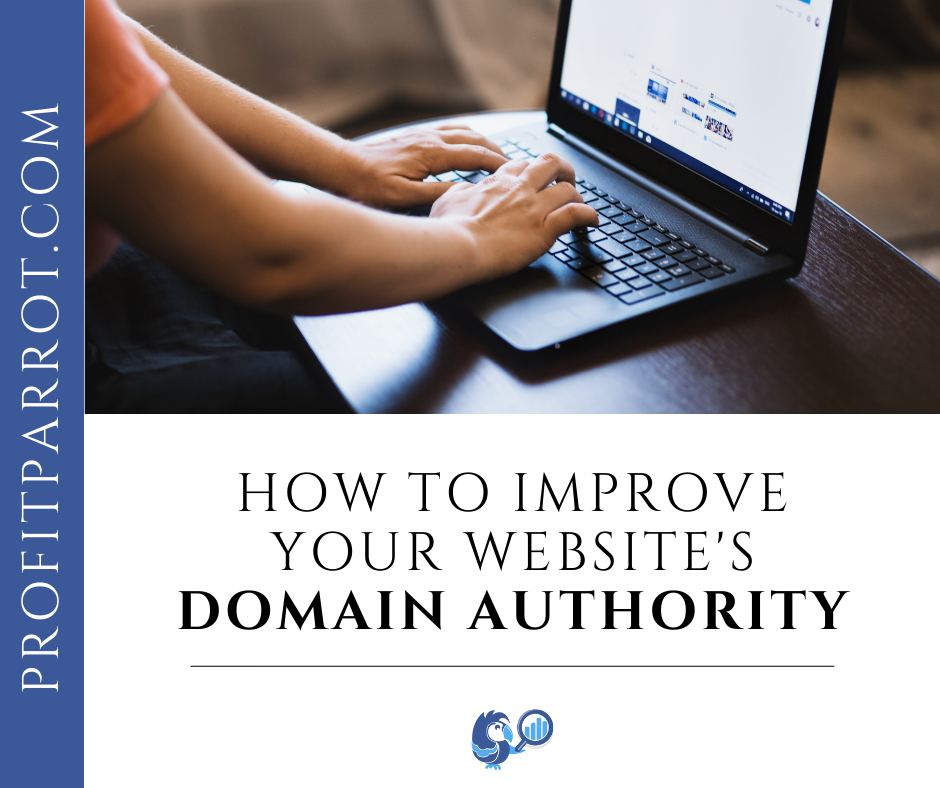
In today’s digitally-driven business landscape, having a strong online presence is non-negotiable. For local businesses, mastering Local SEO (Search Engine Optimization) is the key to success. But how do you know if your online presence is up to par? Enter the local SEO audit – a crucial step in assessing and improving your local digital footprint.
What is a Local SEO Audit?
A local SEO audit is your online presence’s comprehensive checkup, evaluating everything from website performance to marketing strategies. It’s a proactive approach to ensure alignment with local search engine ranking factors.
This audit identifies strengths, weaknesses, and opportunities, vital for enhancing local visibility. Tailored to specific geographic areas, it ensures your business is relevant to local audiences. A roadmap to digital success, it outlines steps to boost visibility and revenue.
Now, let’s dive into the essentials of a local SEO audit, ensuring your online presence is optimized for success.
The Essentials of a Local SEO Audit
Now that we understand the significance of a Local SEO audit let’s explore its core components in detail. These essentials constitute the building blocks of a successful audit, allowing us to delve deeper into each aspect of your online presence.
By understanding and mastering these components, you’ll be well-prepared to enhance your online presence and thrive in the local digital landscape.
Since a local SEO audit is a multi-faceted process, understanding its key components is crucial for a successful assessment of your online presence. Here, we’ll delve deeper into each aspect:
1. Website Analysis for Structure and Performance
Your website is the digital face of your business, and its structure and performance are fundamental to local SEO success:
- Mobile Responsiveness: Mobile-friendliness is paramount. With an increasing number of users accessing websites via mobile devices, a responsive design ensures that your site displays correctly on all screens.
- Page Load Speed: Speed matters in the digital age. Slow-loading pages increase bounce rates and decrease ranks. Use Google PageSpeed Insights to fix performance issues.
- User Experience (UX): The user experience should be seamless. Ensure that your site has a user-friendly layout, intuitive navigation, and clear calls to action (CTAs) to keep visitors engaged.
2. On-Page SEO Optimization
On-page optimization focuses on the content and structure of individual web pages. Here’s how to make the most of it:
- Keyword Research: Start by identifying relevant local keywords that your target audience is likely to use. Tools like Google Keyword Planner, AnswerthePublic, and the like can help you discover the right keywords to target.
- Title Tags and Meta Descriptions: Each page on your site should have a unique and keyword-optimized title tag and meta description. These elements provide search engines and users with a clear understanding of your page’s content.
- Header Tags: Use H1, H2, and H3 tags to logically structure your content. There should be an easy flow as readers go through your headers. Incorporate keywords where they naturally fit to improve both readability and SEO.
- Content Quality: High-quality content that addresses the needs and questions of your audience is paramount. Create informative, engaging, and well-researched content that not only satisfies user intent but also showcases your expertise.
3. Google My Business (GMB) Optimization
Your Google My Business listing is a cornerstone of local online visibility. Here’s how to optimize it:
- Claim Your Listing: If you haven’t already, initiate the process of claiming your GMB listing. Google provides clear instructions for this straightforward procedure.
- Verify Your Listing: Verification typically involves Google sending a postcard to your business address with a unique verification code. Once received, enter the code to confirm the authenticity of your listing.
4. GMB Posts and Reviews for Engagement
Active management of your GMB listing can significantly influence your local visibility and reputation:
- Regular Posts: Utilize GMB posts to share updates, promotions, events, and news related to your business. These posts can appear directly in Google search results, enhancing your online presence.
- Engage with Reviews: Responsively and professionally engage with customer reviews. Both positive and negative feedback can shape your online reputation. Show appreciation for positive reviews and address concerns in a constructive manner for negative ones.
5. Consistent Local Citations
Before we dive into the specifics of NAP consistency, it’s important to emphasize the critical role local citations play in your online visibility. These citations, which include mentions of your business on various online platforms, act as digital breadcrumbs that guide both customers and search engines to your virtual doorstep.
Therefore, consistency in your business information across these citations is paramount for local SEO success. To achieve NAP (Name, Address, Phone Number) consistency, follow these steps:
- Audit Your NAP to Ensure Uniformity and Accuracy: The first step towards NAP consistency is conducting a thorough audit of your business listings. Begin by compiling a list of all the online directories, social media profiles, and local listings where your business is mentioned. Once you have this list in hand, meticulously review each listing to verify the accuracy and uniformity of your NAP details.
- Building Trust and Reliability: Correcting Inaccurate Listings: After completing your NAP audit, it’s time to rectify any discrepancies promptly. Inconsistent or inaccurate information can not only confuse search engines but also erode trust and credibility with potential customers.
By diligently following these steps, you not only enhance your local SEO but also ensure that potential customers encounter accurate and consistent information about your business, fostering trust and reliability in the digital landscape.
6. Local Directory Listings
Being listed in relevant local directories can significantly boost your local SEO efforts. These directories act as digital signposts, guiding potential customers straight to your door. Here’s how to make the most of them:
- Identify Relevant Directories: Research and identify directories that are specific to your industry and locality. Look for high-authority directories where your presence can make a significant impact.
- Strengthening Local Visibility: Create or Claim Listings: Create listings on directories where your business isn’t listed or claim and update existing listings. Ensure that your NAP information is consistently accurate across all directories.
7. Backlink Profile: Backlinks and SEO
The backlink profile of your website is crucial to local SEO. Backlinks are like endorsements from other websites and can boost your search engine rankings. Why they important and how to maximize them:
- Link Quality Assessment: Not all backlinks are created equal, and their quality plays a pivotal role in your local SEO success. High-quality backlinks originate from authoritative and reputable websites within your industry or niche. These links serve as endorsements of your website’s credibility and expertise. On the other hand, low-quality or spammy backlinks can harm your SEO efforts and even lead to penalties from search engines.
- Local Backlinks Matter: In the realm of local SEO, the focus extends beyond the quality and relevance of backlinks to their locality. Local backlinks are links from websites, blogs, or organizations within your immediate geographic area. These links can strengthen your local online presence and credibility, making your business more attractive to local customers.
8. Local Content Audit: Local Content for Local Audiences
Creating locally-focused content is not just a recommendation; it’s a strategic imperative for attracting and retaining local customers. Here’s why it matters and how to excel in this aspect of local SEO:
- Local Topics: To truly resonate with your local audience, it’s crucial to explore and address local topics, events, and issues that hold significance for them. Tailoring your content to reflect local interests and concerns demonstrates your commitment to the community and enhances your ability to connect effectively.
- Blog Posts that Make an Impact: Maintaining an active blog is a cornerstone of your local content strategy. Your blog serves as a content hub where you can share informative, engaging, and relevant articles. It not only showcases your expertise but also provides ongoing value to your audience while contributing to improved local SEO.
A local content audit is your pathway to effectively engaging local audiences. By focusing on local topics and maintaining an active blog, you not only connect with your community on a deeper level but also boost your local SEO.
Your content becomes a valuable resource that informs, engages, and ultimately converts local customers, fostering a stronger and more enduring relationship with your audience.
Conclusion: Achieving Local SEO Excellence
By thoroughly examining and optimizing each of these essential components during your local SEO audit, you’ll be well-prepared to enhance your online presence, attract more local customers, and outperform your competitors in the local search landscape.
Remember, a well-executed local SEO strategy can result in increased visibility and revenue for your business. So, embark on your local SEO audit journey today, and watch your online presence soar.
If you’re ready to take your local SEO to the next level, partner with Profit Parrot, a local SEO company, helping small businesses achieve big results. Contact us today to supercharge your local SEO efforts and see the difference it makes in your online success.









